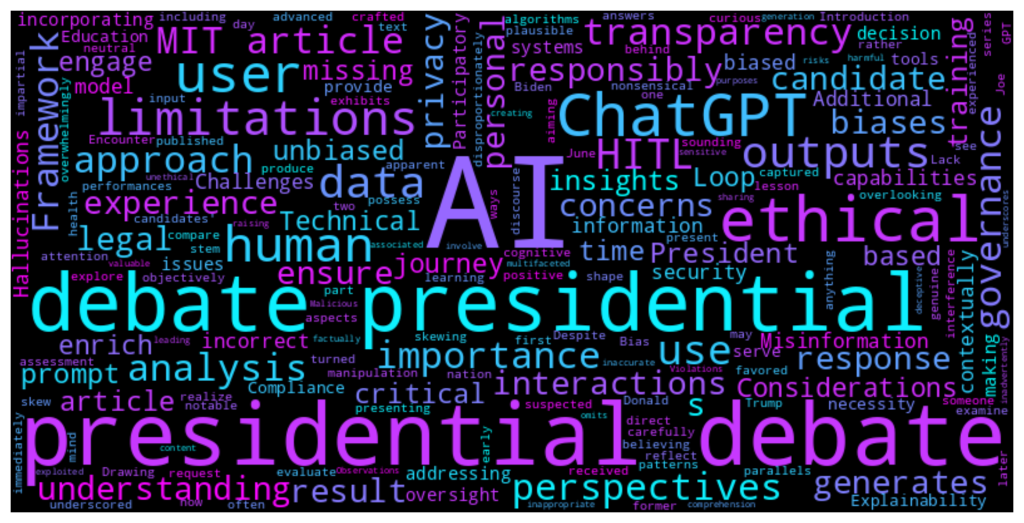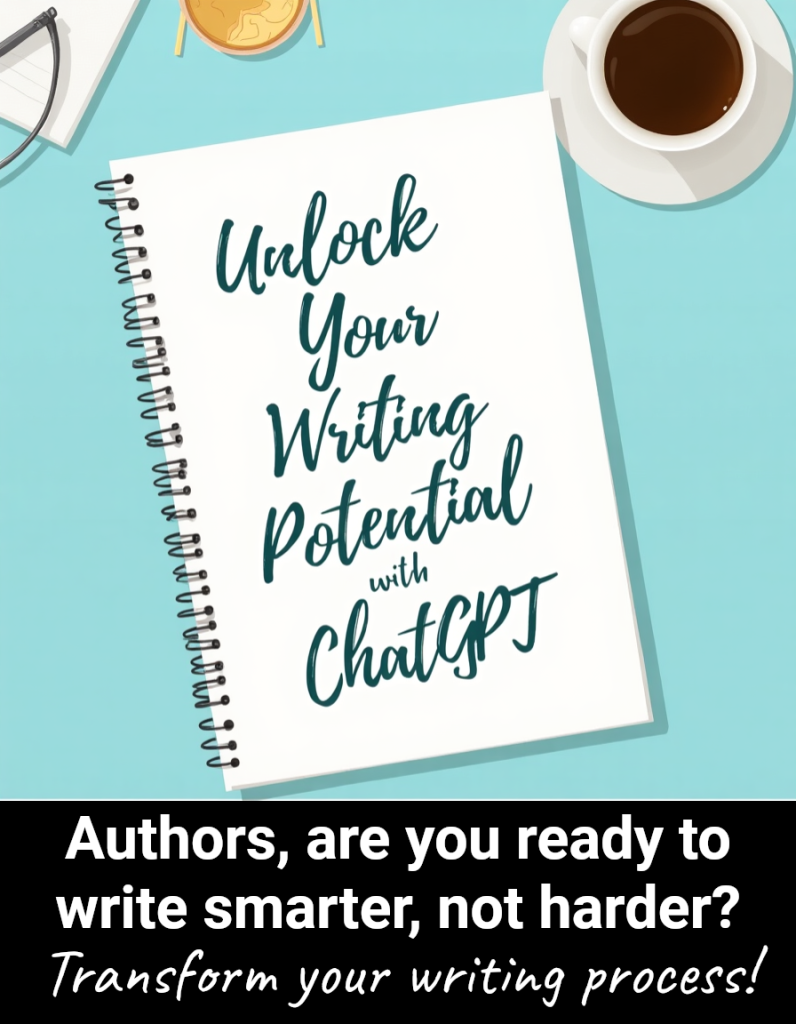
In the ever-evolving landscape of technology, the narrative surrounding artificial intelligence often pits it as a competitor to human ingenuity. However, this perspective misses a crucial opportunity: AI’s potential as a collaborative partner in amplifying human creativity and fostering meaningful collaboration.
The truth is, AI tools like ChatGPT aren’t here to replace us—they’re here to enhance us. By automating routine tasks, unlocking new perspectives, and scaling creativity, AI empowers humans to focus on what we do best: innovate, imagine, and connect.
Unlocking Creativity Through AI
At its core, creativity thrives on two things: exploration and inspiration. Yet, time-consuming tasks like research, data organization, or brainstorming can stifle the creative process. AI steps in here as a reliable assistant, enabling creators to explore faster and wider.
- Idea Generation: GPT models can produce diverse ideas at scale, sparking inspiration that might otherwise take hours or days to develop.
- Creative Iteration: Writers, designers, and artists can use AI to quickly test different iterations of their work, making room for more strategic refinement.
- Breaking Barriers: AI can analyze data, identify trends, and open up perspectives that humans might overlook due to biases or blind spots.
The result isn’t creativity-by-machine, but creativity unleashed—human ingenuity operating on an elevated plane.
Fostering Meaningful Collaboration
Collaboration, especially in creative or strategic work, hinges on communication and shared understanding. AI offers tools that streamline collaboration in the following ways:
- Enhanced Communication: AI can summarize discussions, suggest solutions, or provide frameworks that improve clarity and efficiency in group work.
- Team Synergy: By automating tedious administrative tasks like scheduling, note-taking, or drafting initial concepts, AI frees teams to focus on collaboration rather than coordination.
- Cross-Disciplinary Innovation: AI bridges gaps between industries, translating technical concepts or datasets into accessible formats that allow diverse teams to work cohesively.
When AI serves as the bridge, not the bottleneck, collaboration can transcend traditional boundaries.
AI as a Tool, Not a Threat
The narrative that positions AI as a replacement for human talent misses the mark. AI doesn’t have the capacity to dream, empathize, or morally reason—it’s a tool that enhances the human ability to do all of those things. When used ethically and creatively, AI becomes a partner that:
- Amplifies human potential.
- Scales positive impact.
- Frees up cognitive space for innovation and purpose-driven work.
By embracing AI as a partner, we can focus on making more meaningful contributions—whether that’s solving global challenges or creating art that moves the soul.
Embracing Elevated Minds
As we explore the potential of AI in collaboration and creativity, it’s clear that we’re at the threshold of a new era. The real question isn’t whether AI will replace us, but how we can use it to elevate ourselves.
AI isn’t just a tool; it’s a reminder that the synergy between humans and technology can create something far greater than the sum of its parts. By embracing this partnership, we can unlock new dimensions of creativity, collaboration, and purpose.
The journey of Elevated Minds will dive deeper into how we can fully harness this potential—not just for individuals, but for society as a whole.
Call to Action
What’s your take on AI as a partner in creativity and collaboration? Share your thoughts below or follow along as I continue exploring these ideas in my Elevated Minds book project. Together, let’s redefine the future of creativity and collaboration.
#ElevatedMinds #AIandCreativity #AIandSociety #CollaborationTools #HumanPotential



